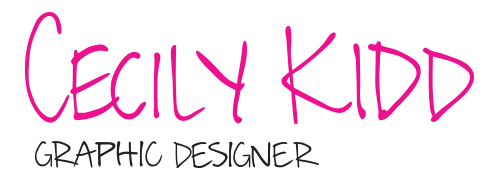Post originally appeared on the Iguana Inc blog.
How did you first get interested in typography?
College is really when I learned to love and appreciate typography. In high school, everyone types their papers in Times New Roman, and when yours doesn't meet the 3-page requirement, you switch it to Typewriter and BAM! all of the sudden your paper is twice as long!
One of my first projects in Desktop Publishing (the initial computer-based design courses in the graphic design program) was to go through every font on the computer, type out every character, print it out, and turn it into a little reference book for yourself. That way when we needed to choose a typeface, we could look through our reference book and make a conscious choice. Either Font Book on the Mac didn't exist then, or our teachers purposely didn't tell us! From there we would have a couple assignments per week that involved taking a page of the newspaper or a magazine, laying a piece of tracing paper over top, and figuring out all of the type specifications on the page including font, weight, point size, leading, etc.
After Desktop Publishing, I took Typography I and Typography II, which as you can guess, is an in-depth study of all things related to type. In addition to memorizing characteristics of various typefaces, we also had to create our own, and I ended up creating 2 very different typefaces. When you really study type, you learn that it is so much more than text on a page; when used correctly, it can be more expressive that a picture!
Care to share a recent type project of your own, and someone else's you admire?
Right now I am really into hand-drawn lettering as a style, which starts with drawing the letters by hand and then vectoring them into a work of art. I took a Skillshare class taught by Neil Tasker on the art of hand lettering, and it was amazing and incredibly enlightening.


